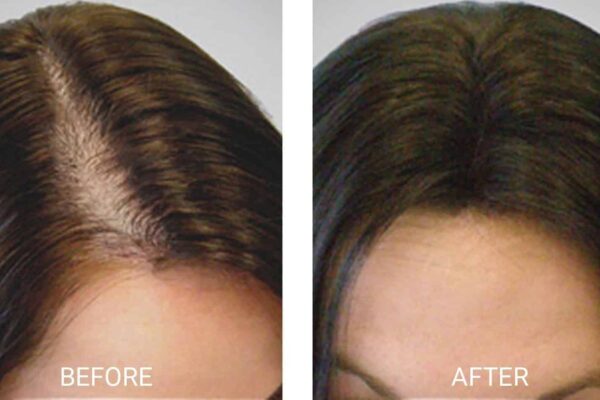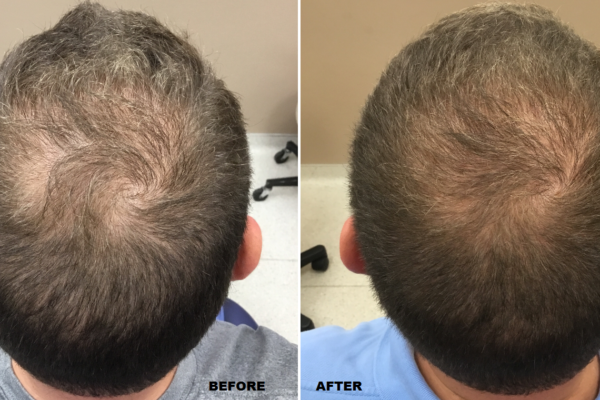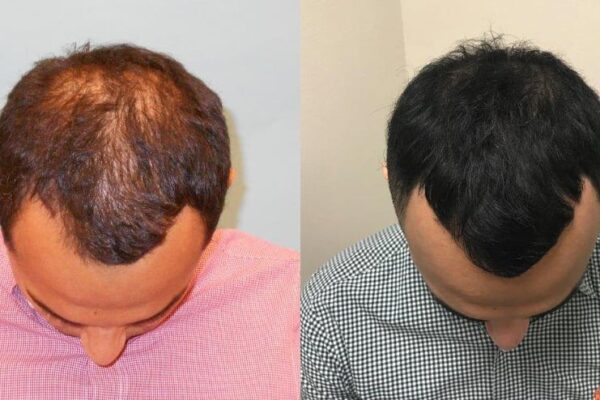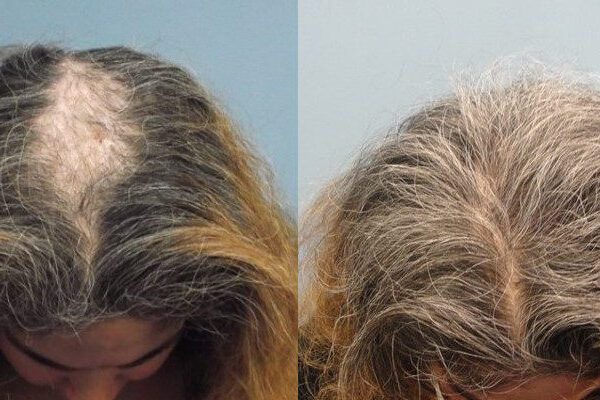PRP
What is PRP?
PRP for hair loss is an excellent hair restoration option with ample scientific literature to support its use. Platelet-rich plasma is a three-step medical treatment in which a person’s blood is drawn, processed, and then infused into the scalp.
Platelet-rich plasma (PRP) involves autologous platelets in plasma (from your own body) that are combined with a plethora of growth factors. Activated platelets secrete growth factors and cytokines during the healing process.
Who is a good candidate for PRP hair treatment?
PRP treatment for hair loss is primarily offered to patients with a classic androgenic alopecia pattern of hair loss. PRP treatment for patients struggling with hair thinning or loss due to stress, hormonal changes, medication, patients with braids and/or hair extensions. Certain other hair loss conditions, such as alopecia areata and telogen effluvium, have had demonstrated success with PRP. In treating androgenic alopecia patients it is important to target areas of existing miniaturized hairs and not areas with no visible hair at all (bald).
How is PRP for hair loss done?
There are specific steps that are performed as part of a PRP treatment for hair loss, regardless of the exact processing kit or system used. These steps include:
- Blood Draw
- Preparing the PRP
- Preparing the scalp
- Delivering PRP
The total length of the procedure is 45 minutes – 90 minutes depending on the method used.
Are patients satisfied after PRP for hair loss?
In many studies on PRP for hair growth, most patients see some degree of hair improvement. PRP is still a medical therapy and as such will need to be repeated for sustained results and may not work for everyone. As long as patients understand these important points then they can have realistic expectations for what PRP hair restoration can do for them.





